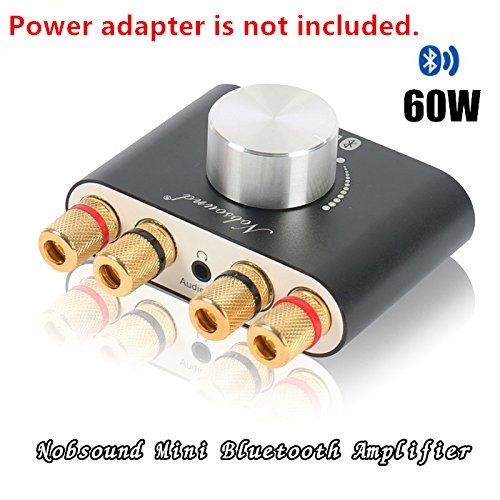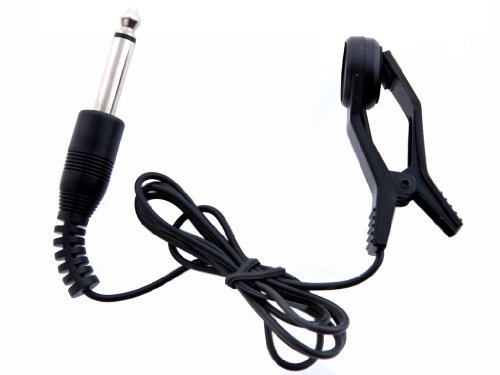Yamaha ARIUS YDP-161 Digital Piano with Bench
- 88-key GH(Graded Hammer) weighted action keyboard
- Dynamic Stereo Sampling AWM piano with 128-note polyphony
- 2-track recorder with Flash-ROM song storage
- Polished gold-colored Damper, Soft and Sostenuto pedals
- Damper Resonance for richer piano sustain tones
Perfect for beginning students and experienced players alike, the ARIUS YDP-161 provides true piano tone and touch. The GH keyboard and 3-level AWM Dynamic Stereo Sampling voices deliver remarkably authentic sound and natural expressiveness, making it a true joy to play both in practice and in performance. Additionally, the damper pedal includes a half-damper effect, giving you nuanced expressive control over sustained notes. Dual voice capability lets you play two different instrument sounds at the same time, while a 2-track song recorder allows you to capture your original musical ideas and performances.Stepping up to the YDP-161 provides true piano sound and feel. The Graded Hammer keyboard and 128-note polyphony responds to the beginner and experienced player, both in practice and in performance. The 3-level AWM Dynamic Stereo Sampling Voices deliver remarkably authentic and responsive sound.
List Price: $ 1,999.00
Price: $ 1,430.00





3 Comments
john tortorella
Yamaha digital piano,
I love this piano. When I moved to a small apartment, I couldn’t take my grand piano with me so I needed a substitute. This piano has the sound quality of a fine grand piano. The piano is a stand alone instrument and not portable. The key action and feel is so good that it’s hard to know you are not playing a conventional piano. The ability to control the volume is a big feature for apartment living.
There is the ability to change the sound to other instruments, which is fun for a change of pace, but there are not the “bells and whistles,” such as recording your performance or accompanying rhythms. It’s an excellent and inexpensive replacement for a good piano.
|Caraculiambro
very happy with this,
I walked into the store with thousands, thousands! I was finally ready to buy a new, top-quality piano, after years of subsisting with used ones. I had been saving for years (literally), and was finally willing to go whole-hog on the piano buying.
I stroked the acoustic grands. Tempting, but I wouldn’t be able to play them at night (when I am typically awake and the family is asleep), since there’s no way to turn down the volume. So it had to be a digital one.
I went to the highest-end digital model, plugged in my noise-cancelling headphones, and started banging away. Impressive. But I noticed that a lot of features for which you’re paying all that money are ones that I would never use (e.g., how often do I need a rhumba accompaniment?). Also, do I really need all those voices?
Finally I ended up just buying this one, the much cheaper Arius. I’ve had it for a year and I’ve had zero complaints about it. It’s the same technology as that used on the higher-end models, so there’ll be no difference whatsoever in the core piano sound. True, you can’t do all that accompaniment stuff, but I never use it anyhow. There are fewer “voices,” too. And you can only record one track at a time. Nor can you insert a CD.
But so effin’ what? All that stuff wasn’t worth adding THOUSANDS to the price! This one is smaller anyhow, so it can fit into more spaces. And I’m telling you, IT FEATURES THE EXACT SAME SOUND AS THOSE MORE EXPENSIVE MODELS.
In a way, Yamaha’s kinda dumb to be doing this. Surely the word’s gonna get around, isn’t it? One would think that they’d jigger things so that their more expensive models had superior resonance, clarity, whatever — with the lower-priced models being palpably inferior. But currently — for who knows what reasons — this is not the case.
Hence these Ariuses are currently the best bargain on the market. If I were to compare how much I paid for this versus the hours of delight I’ve gotten out of it, I would have to rank it as one of the most profitable purchases of my life. Really when I play it for hours I totally forget I’m playing a digital piano.
You remember those old Toyota commercials from the 70’s? “What will you do with all the money you’ll save?”
Exactly.
UPDATE: After a couple of years with my Arius, I guess I can drum up a couple of complaints. Nothing that would invalidate what I wrote above; it’s just that I like to complain.
1. The piano bench. There’s a reason piano benches are benches and not chairs. Namely, since the piano keys extend quite a ways to one’s left and right, for more complicated songs one needs to physically scoot one’s behind a few inches this way and that. That is why piano benches are not only benches, but consist of smooth wood. But the piano bench that comes with this has a sort of vinyl padding that grips your behind and makes it difficult to scootch over without physically lifting oneself a bit. This misses the whole point of it being a bench.
2. The damper pedal seems not to quieten the sound so much as muffle it. This is my most significant complaint about the Arius. When you hit that pedal, it’s supposed to make the sound softer. With the Arius, though, the sound is softer but also more muddy: it sounds like somebody threw a blanket over your piano.
3. Piano bench has no compartment where you can store your sheet music. Don’t monkey with tradition!
4. There is a problem with audible sound cutoff when using the harpsichord. (This does not apply to the piano.) When you lift your finger, it sounds unnaturally cut off.
|Sincerely Yours
Great for a beginner living in an apartment!,
I am an absolute newbie with sight-reading experience from my former choir singing days! I wanted to learn to play a piano but did not want the tuning and expense of owning the real McCoy and then find i didn’t want to play it. Especially living in an apartment there were the neighbors to consider as well as the premium floor space. Then I came upon the digital piano and this form solved all my problems in one quiet swoop. You get what you pay for, so do some research on your must have and budget. I just knew that i wanted a brand name in the world of music so the yamaha was a given. Now I was deciding between the 161 and the 141, both new models released on 2010. I finally went with the 161 for the better hammer action and that it offered the 128 notes polyphony. These might be minor issues for you, but my passion to learn made me decide that rather than upgrade later, I would splash out a little bit more now and have the piano for a lot longer. If you live in an apartment like me, the bigger speaker offered by the 161 was not a huge selling point as I practice most of time with the head phones. Only when I wanted to show piece a well practiced piece do I unplug the headphones. The size of this piano is awesome and compact in depth and with the 88 keys, you have the grand piano sound without taking up a lot of space.
Other features include a metronome than can adjust for different time signature like 2/4, 3/4, 4/4, 5/4, etc; 50 preset songs were you can mute either the right or left hand and you can practice with it (this is really for the intermediate player, but nice to look foreword to! The piano defaults to the grand piano output, but you can switch to outputs that include the organ sound, harpsichord, strings. Also nice are the options to set various digital reverb ranging from hall, room, stage or off, which is the default setting. You could also manually set the reverb effect, which is worth doing as it does change the output quite considerably.
The piano also records up to two tracks, which for a beginner is a great way to learn which part of the score that you need to practice the timing a bit more!
The 161 has two headphone plug INS to allow for a second listener. There is midi that allows you to record more of your own music onto a computer (for composition) or you can down load music to the piano too.
The weights of the keys are superb and I am loving the experience, the sound and the accessibility the digital format offer me.
For the price it is reasonable. It is worth shopping around for competitive bundles. I did not end up buying my piano here. But I am so happy with my experience that I really highly recommend this model for beginners who are looking to progress to play full scores. For beginners, I recommend the Alfred’s adult all in one course. It is by far the best series out there. For a novice in the world of music theory, My husband is really impressed with the progress that I have made in less than one week.
For those who have wanted to fulfill a dream, don’t hesitate any more, this is the best option and you will love yourself for buying it. Happy playing.
Update: September 2010: Try the piano and keyboard software! it is another fabulous tool for those who are teaching themselves to play the paino. It is a great supplement to the Alfred’s all in one adult course. read my review on the software. I even more happy with the purchase of this piano!
|